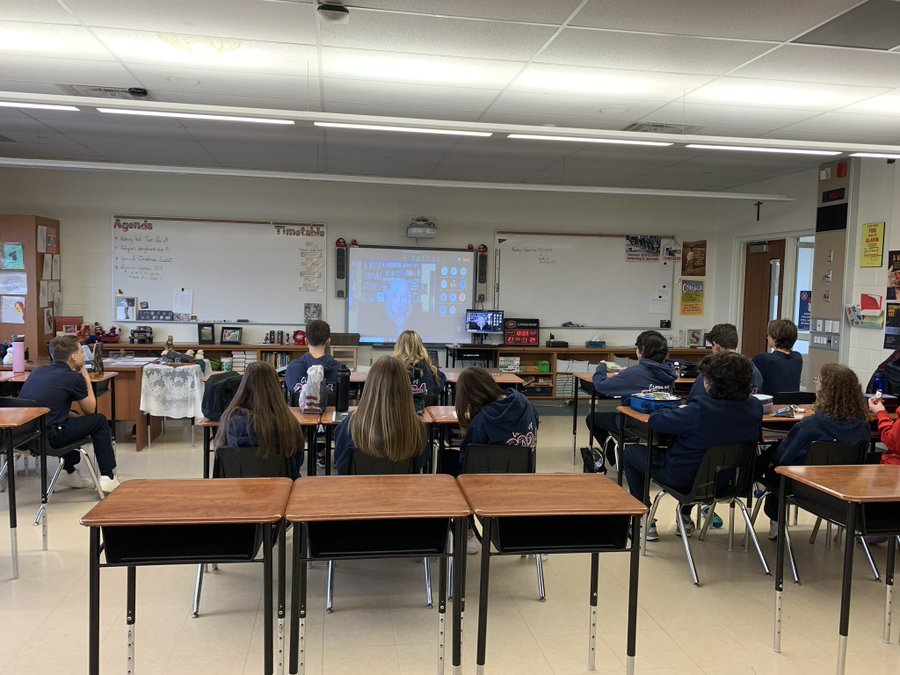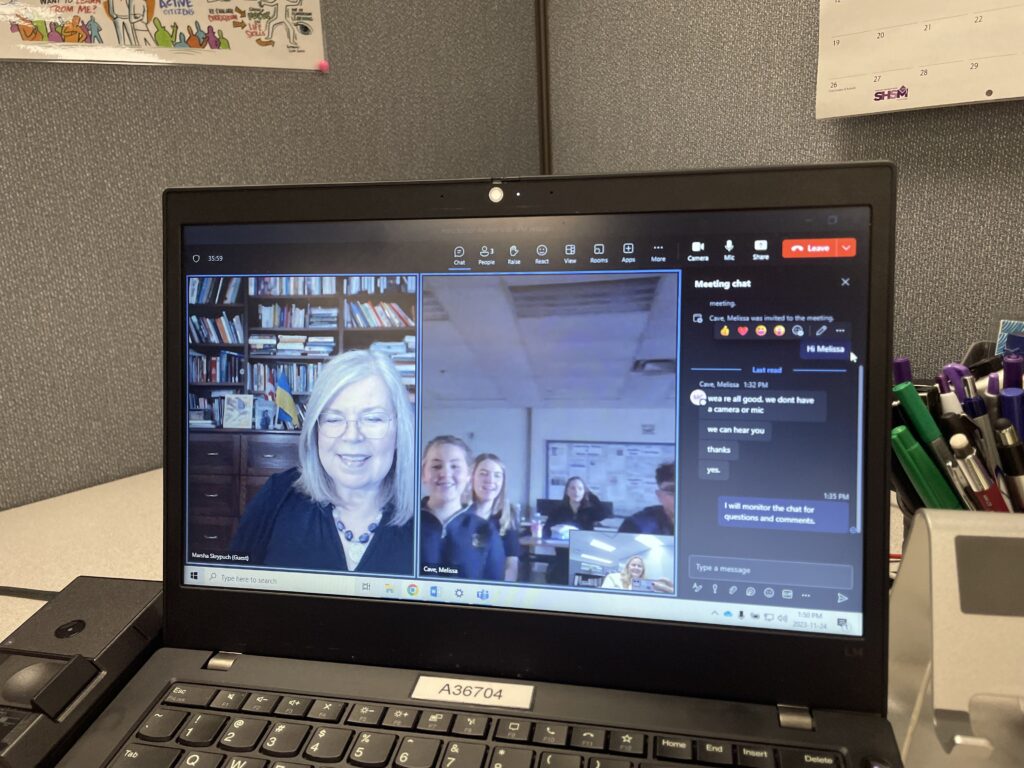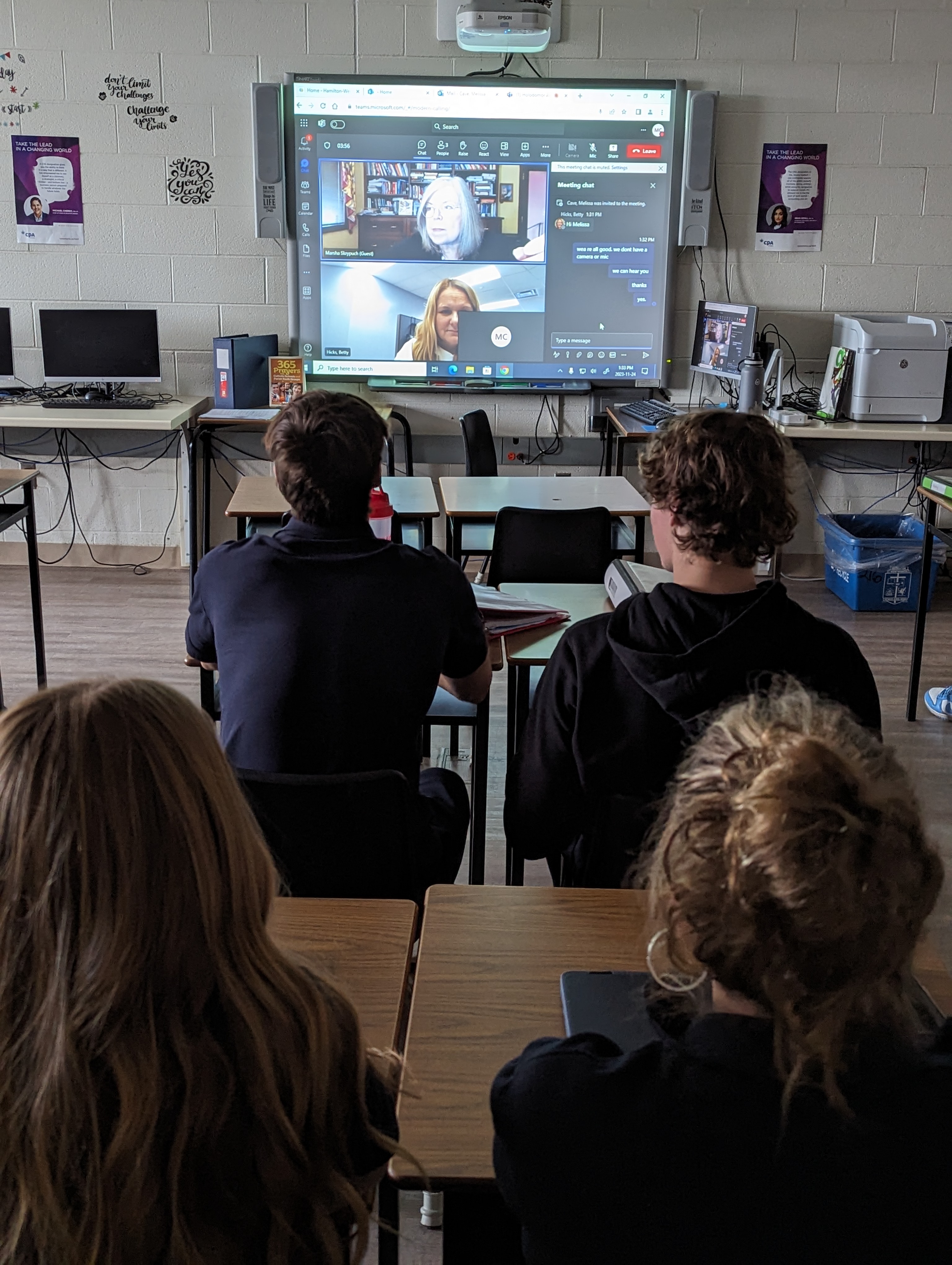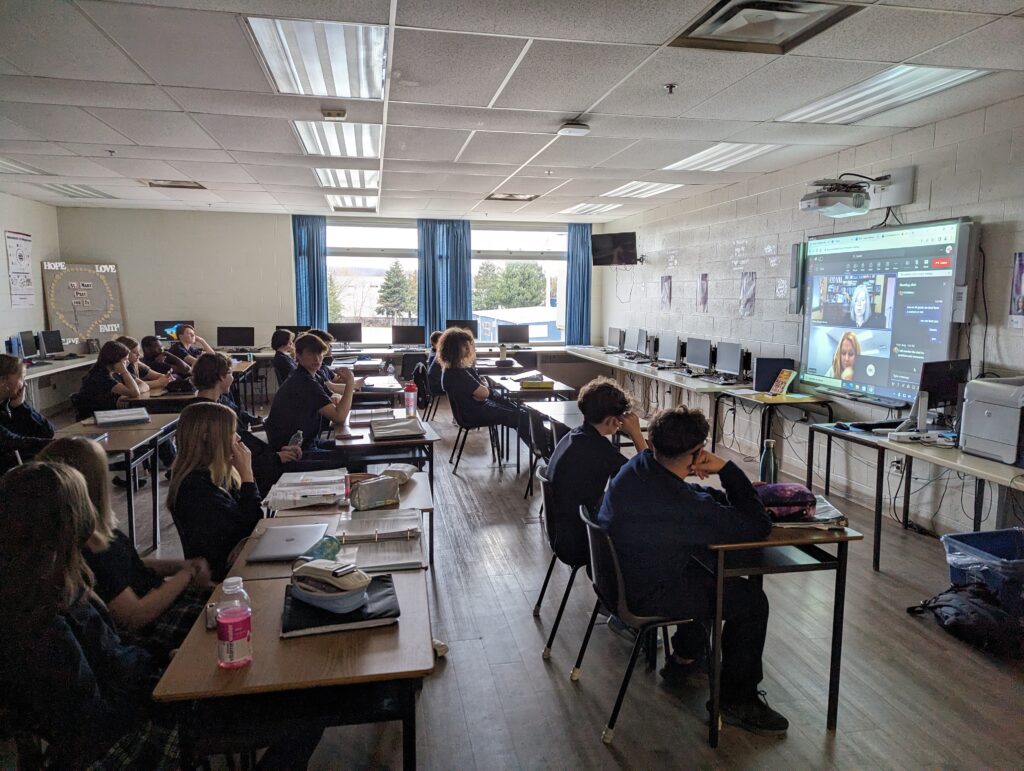Thank you, J.P. Antonacci for this wonderful story in the Hamilton Spectator, titled, “A writer’s promise to her young readers — to tell the truth.”
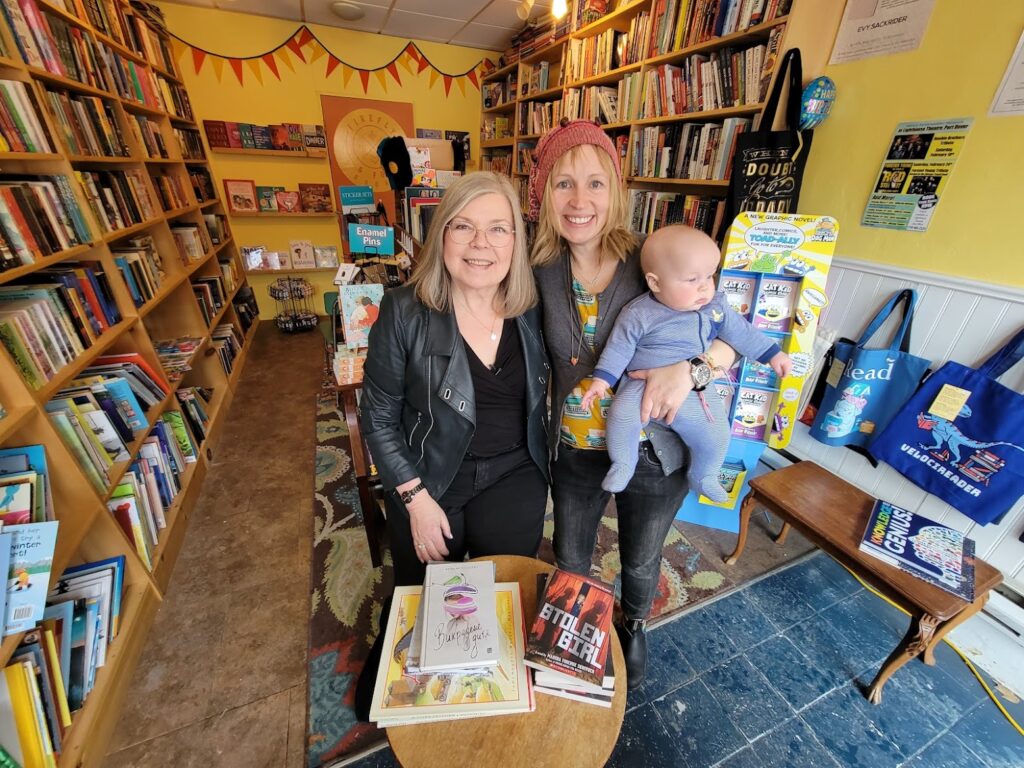
writes about war from a young person's view #bannedbyrussia
Thank you, J.P. Antonacci for this wonderful story in the Hamilton Spectator, titled, “A writer’s promise to her young readers — to tell the truth.”

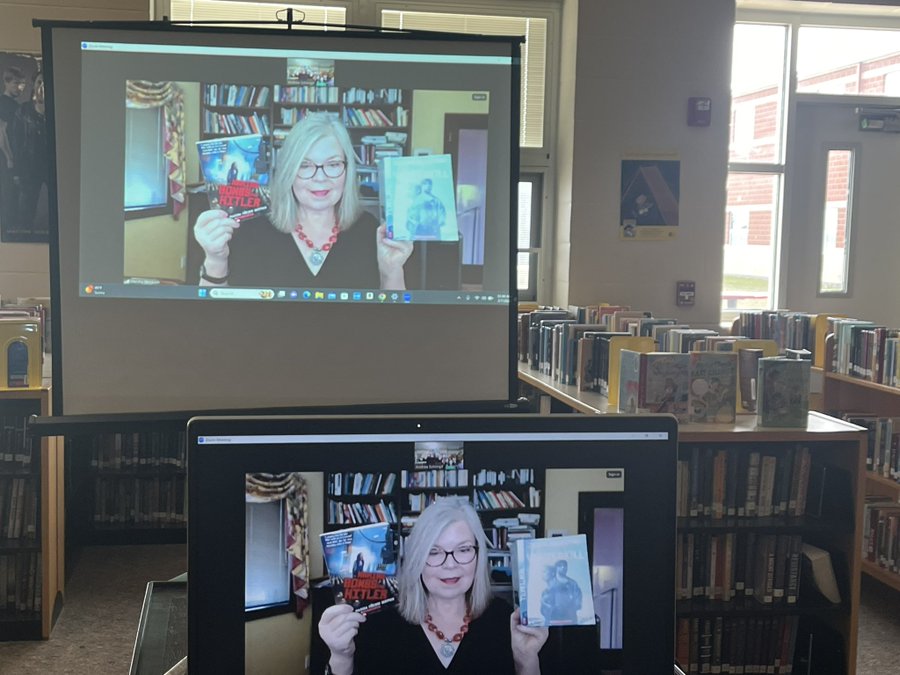
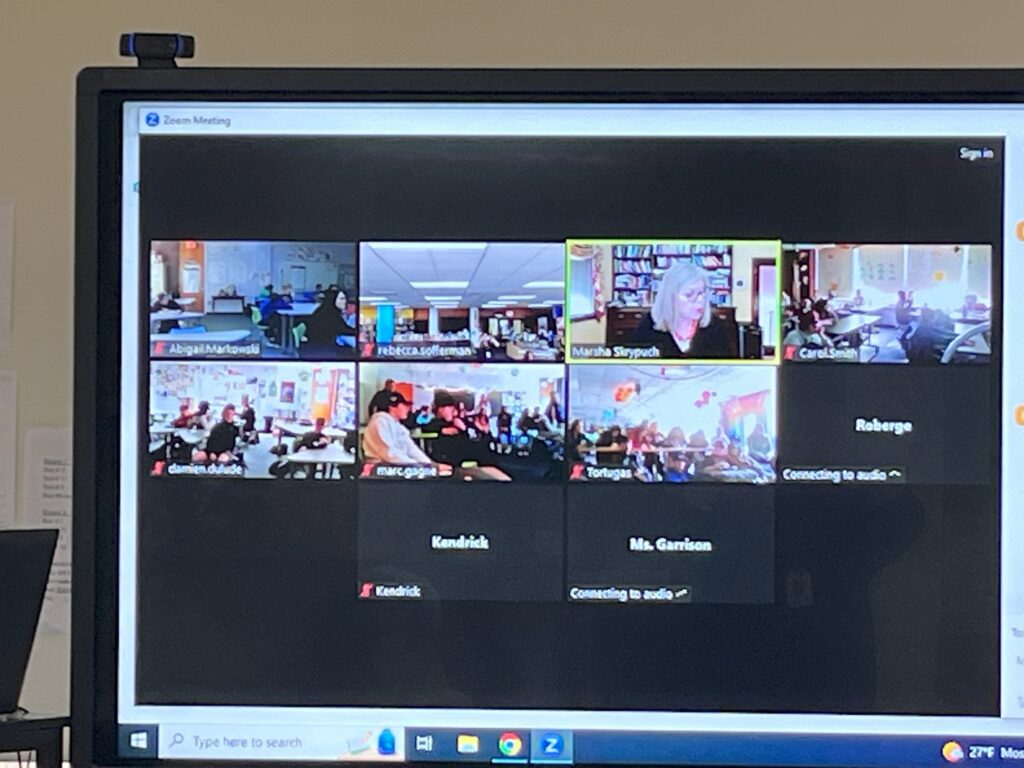
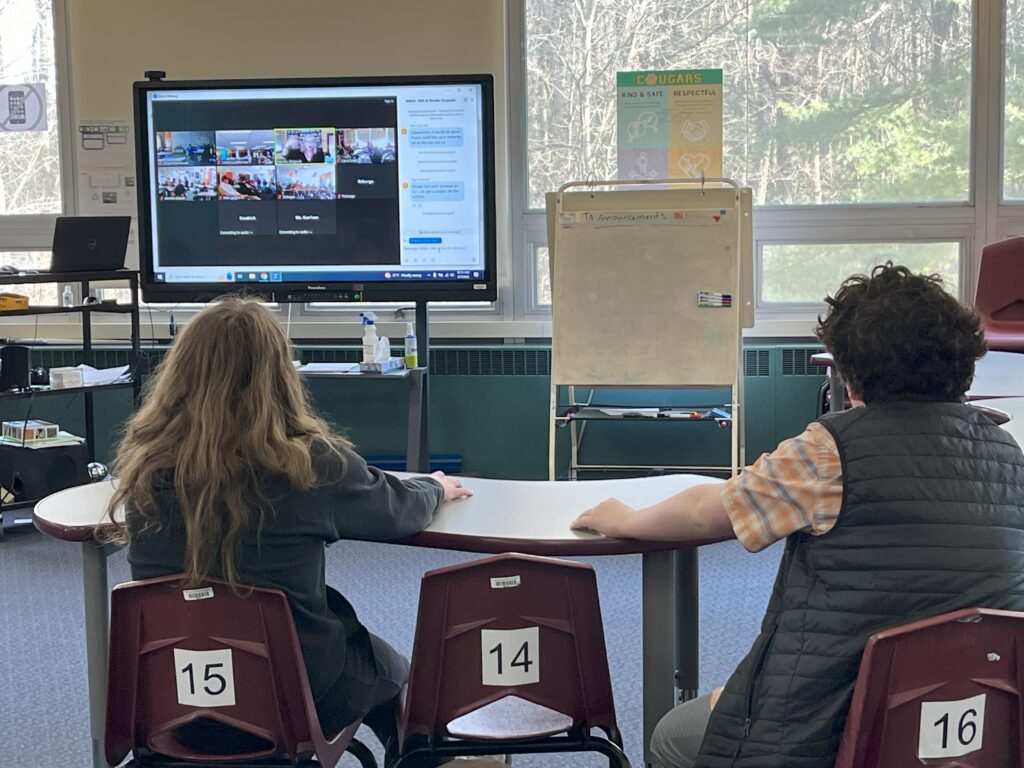

Winterkill is shortlisted for the Kobzar Book Award, and in preparation for the event night, Ryan Boyko has been tasked with doing short videos about all of the nominees. I love supporting independent bookstores so it was a natural choice to ask Catherine if we could do the interview at her wonderful Simcoe bookstore, Firefly & Fox. That’s Catherine standing beside me with her son Gilbert.
Ryan and I have known each other for quite along time. We’re both passionate about shedding light on Ukrainian and Canadian Ukrainian history and we’ve both been banned by Russia. Ryan is best known for That Never Happened his searing documentary on WWI internment, but he’s done so much more than that! So good to compare notes with my creative friend.
Such a great experience all around, getting to know Catherine and catching up with Ryan. If you’re in Simcoe Ontario, be sure to drop by this fabulous store.
It was a six degrees of separation kind of day yesterday. I had lunch with Robin Baird Lewis, Brantford born and raised like me, and a book person. She’s the illustrator of the iconic picture book Red is Best, written by Kathy Stinson.
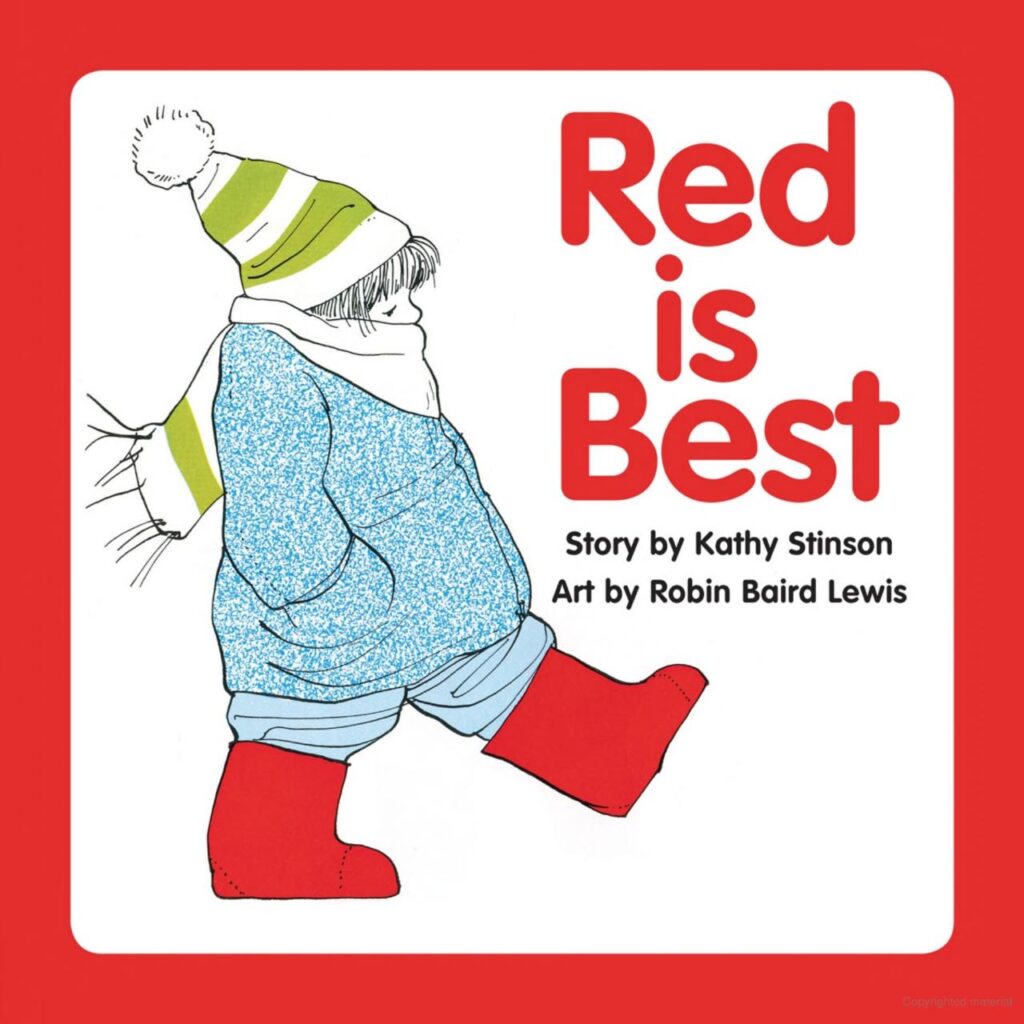
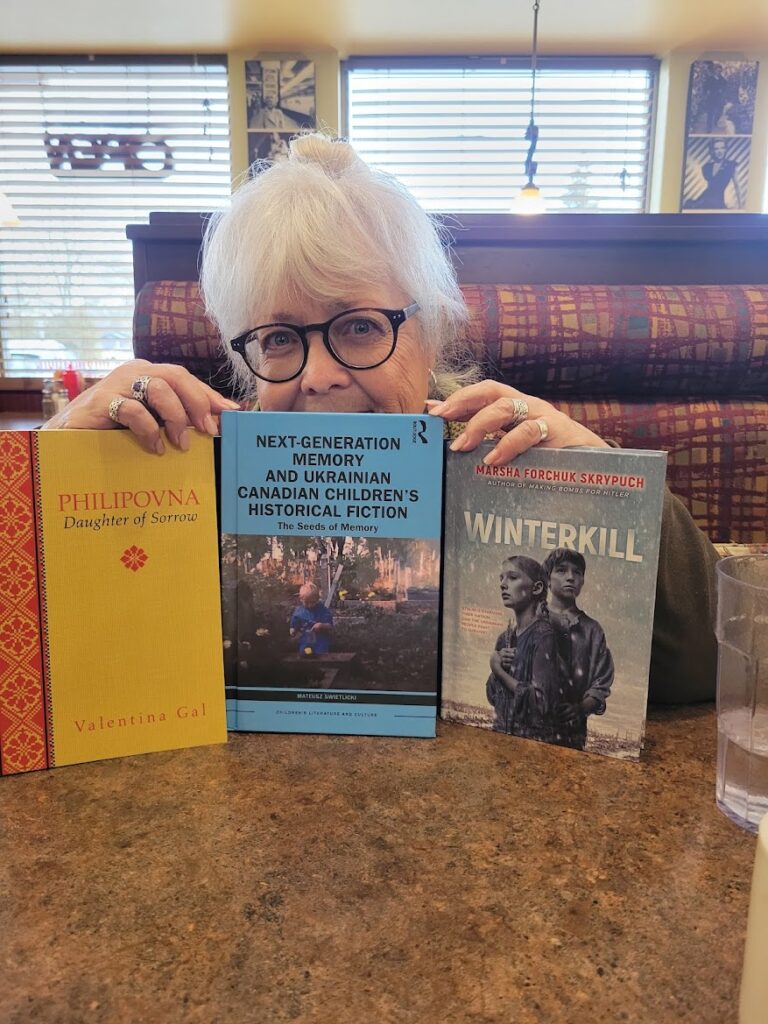
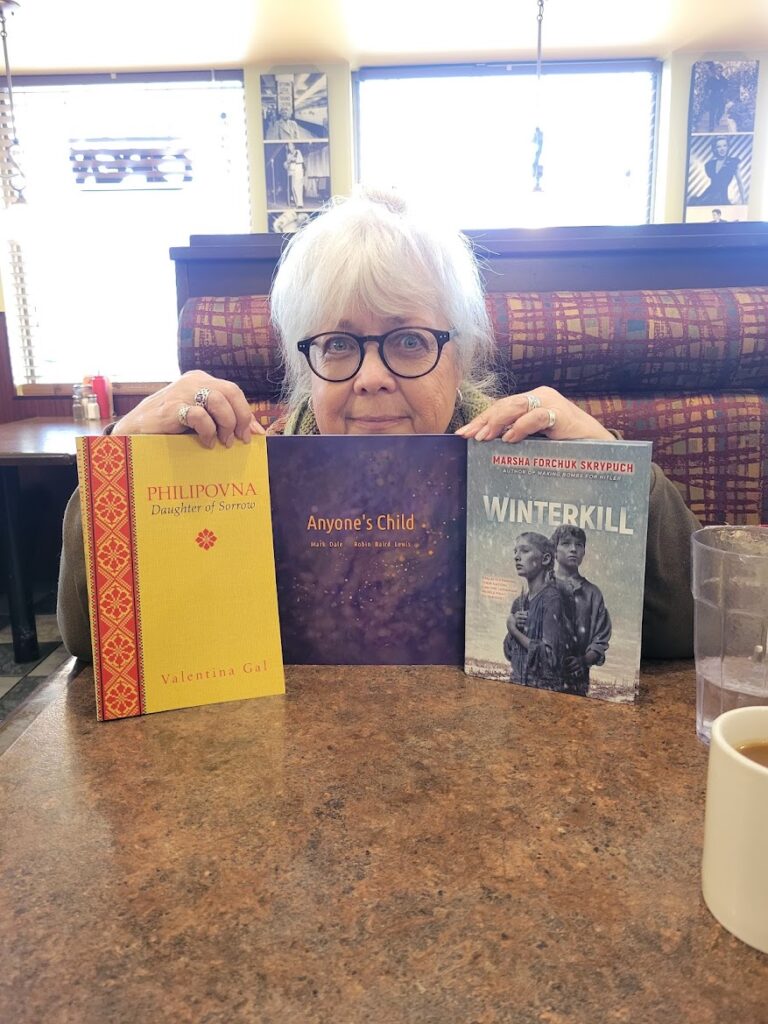
Robin was in town for a few days and emailed to see if we could get together. She had something for me: a book by another fellow book person, Valentina Gal, author of Philipovna a novel/memoir of the Holodomor, which is the same topic as my latest novel, Winterkill. Robin and Valentina are in the same knitting group!
I read Philipovna and LOVED it. I was thrilled to get a hard copy of the book from the author herself as I only had the e-edition, and it is such a powerful book. But also, I wanted to share with her, through Robin, another connection that we had, that both of our books had been discussed in Mateusz Świetlicki‘s groundbreaking work on Ukrainian Canadian historical literature for young people. I brought the book to our lunch to show Robin, and will be sending snaps of the pertinent pages so that Robin can read them to Valentina. How nifty is that?
My very first virtual visit was with Riverside ES in Gwinnett County, Georgia last Thursday and it was great to be back there, as I’ve visited a few times in the past. Ms Bartholomew always has her students prepped and it’s such a pleasure to answer their considered questions. Internet gremlins foiled us though. We got through the first session with just minor hiccups, and the second session was pretty much a wash. So this morning I did the second session again. It was nice to see the same students, sitting with smiling anticipation. I started where I left off last week and there was plenty of time for questions. And Zoom liked us this time! Here are some pics from last week’s session.



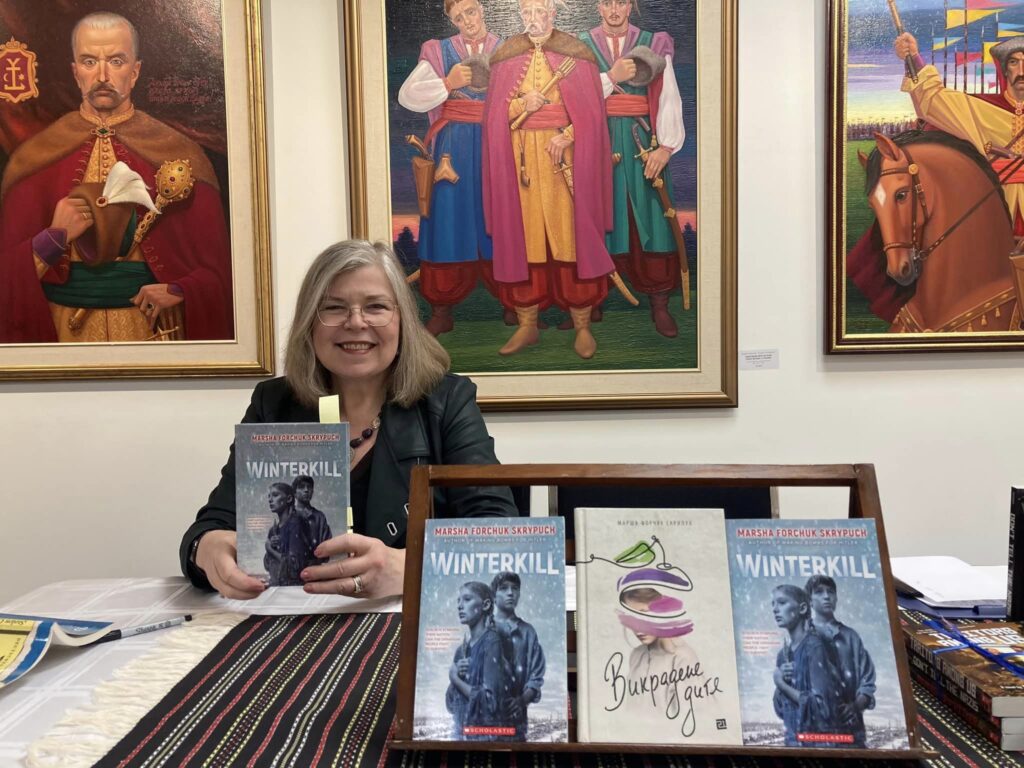
It was an honour to be invited to speak at KUMPF gallery, and it was so nice to catch up with old friends and to chat with many young readers. I loved presenting amidst Bohdan Holowacki’s vast talent — see those paintings on the wall? His artwork will be exhibited until Dec 23! Thanks to Uliana Hlynchak for organizing, and thanks to Sonia Bodnar for reading the same selection from «Викрадене дитя» as I read in the original English edition of Stolen Girl. Yulia Lyubka is a brilliant translator, as everyone in the audience witnessed. It was a particularly emotional reading, as my husband was in the audience and the scene was based on his late mother’s escape from the Nazis. Lidia would have loved to hear this, especially in Ukrainian. Here is a FB video from the event.
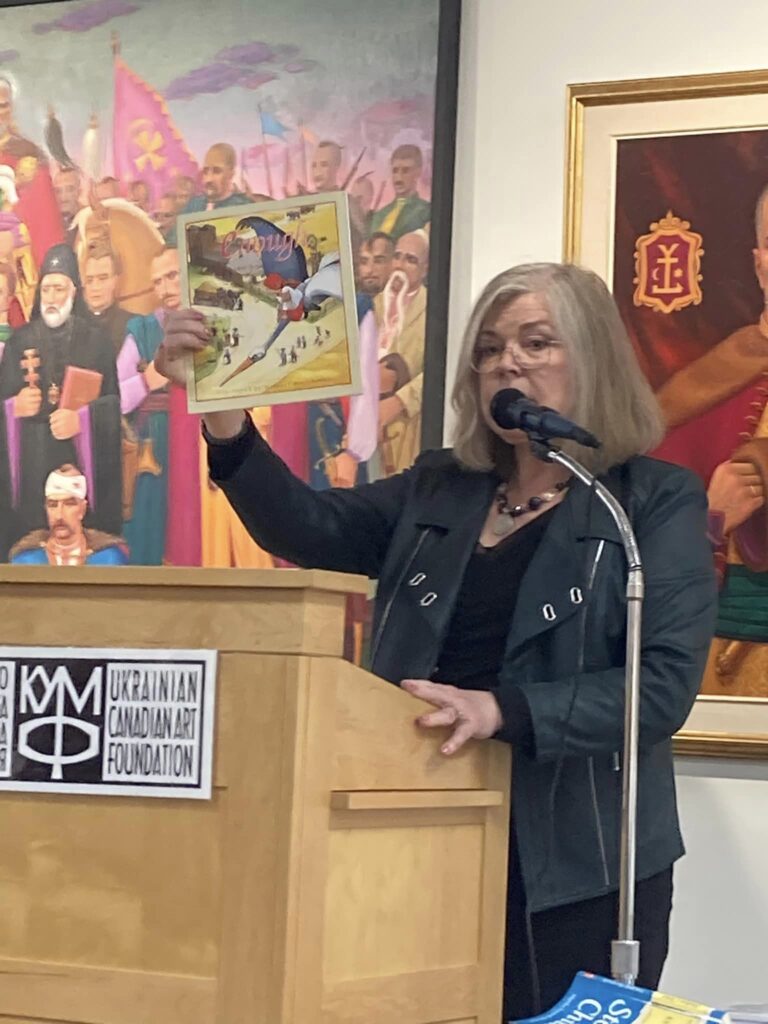
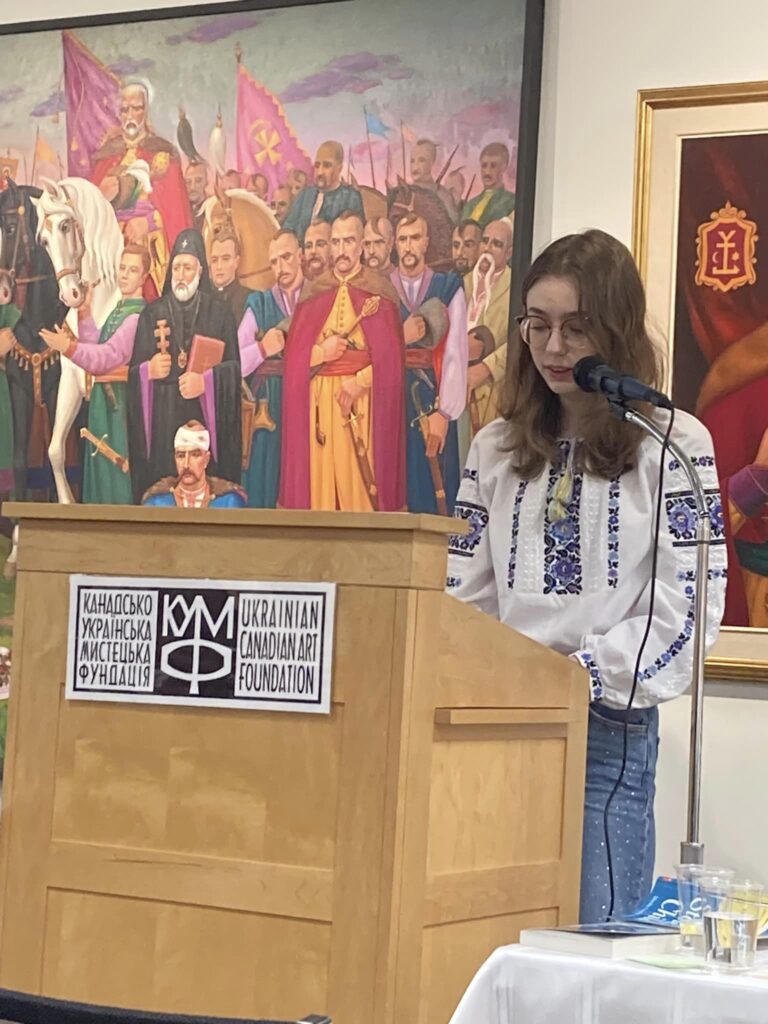
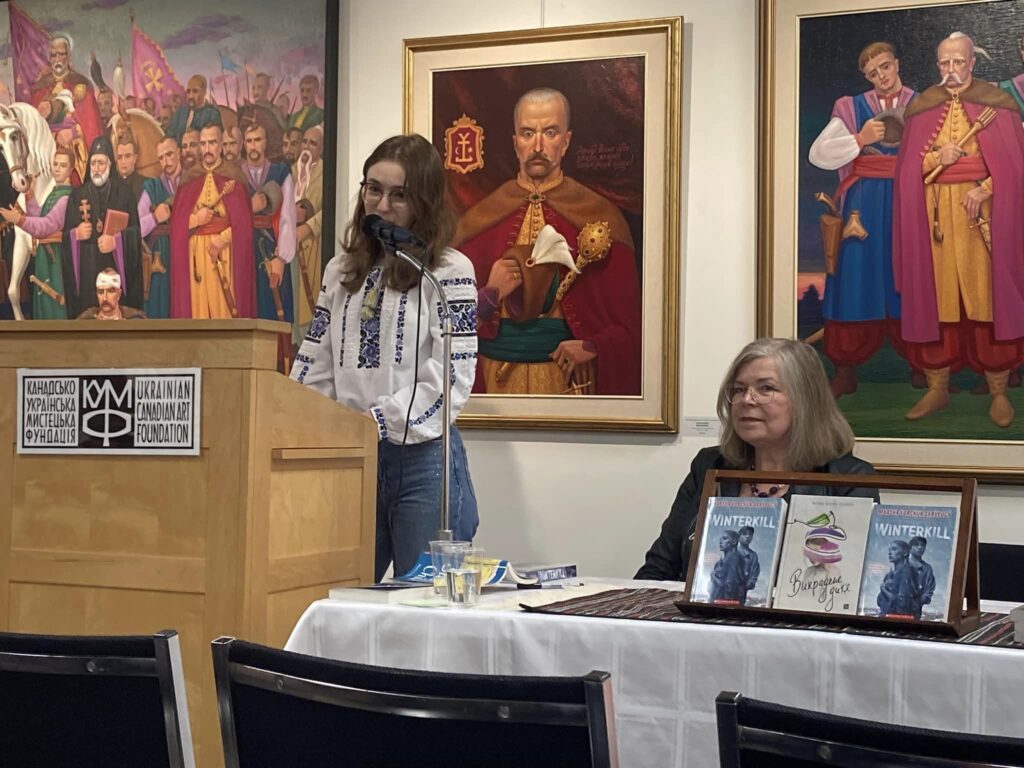
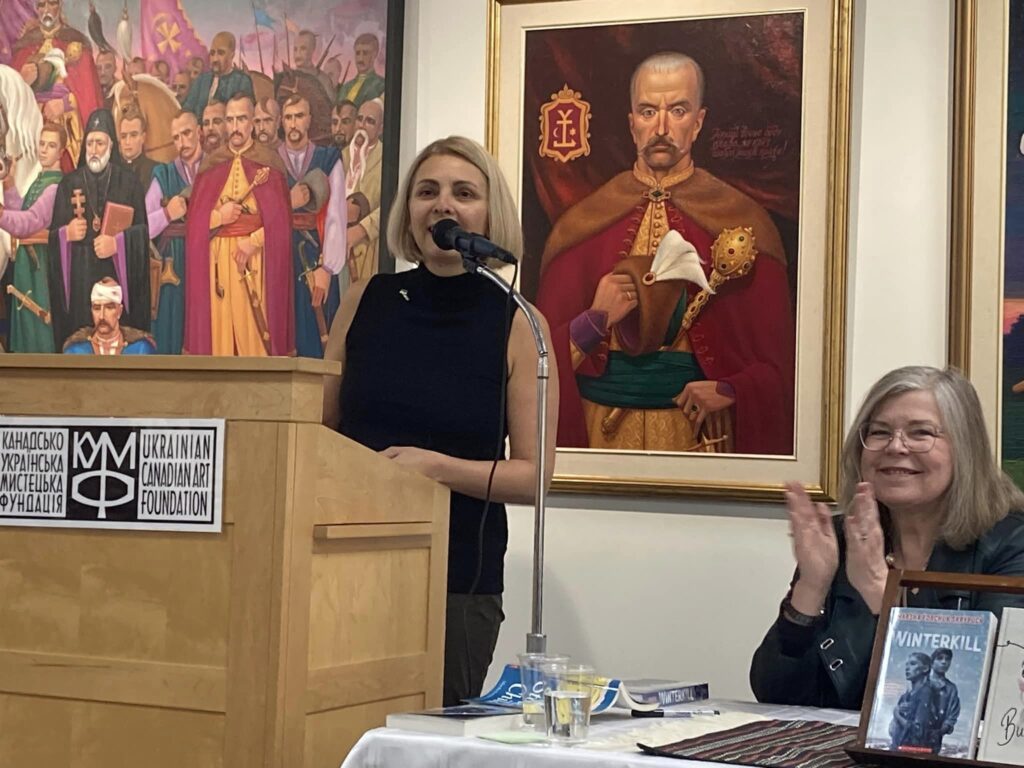
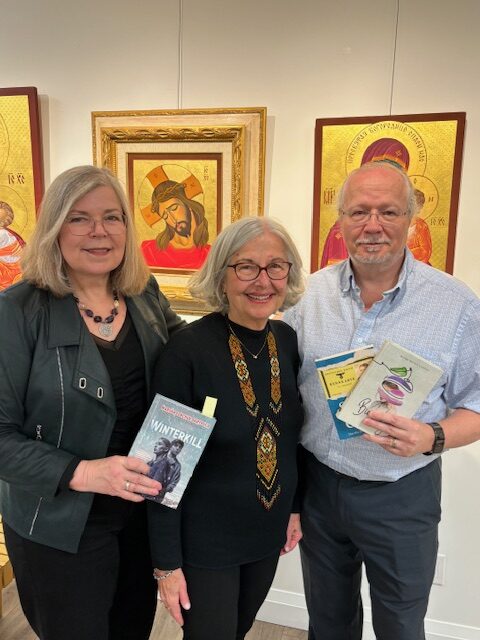

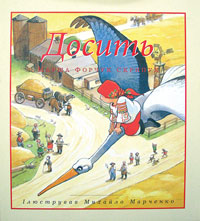
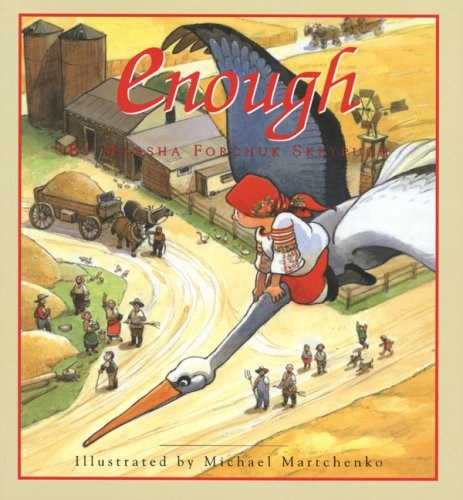
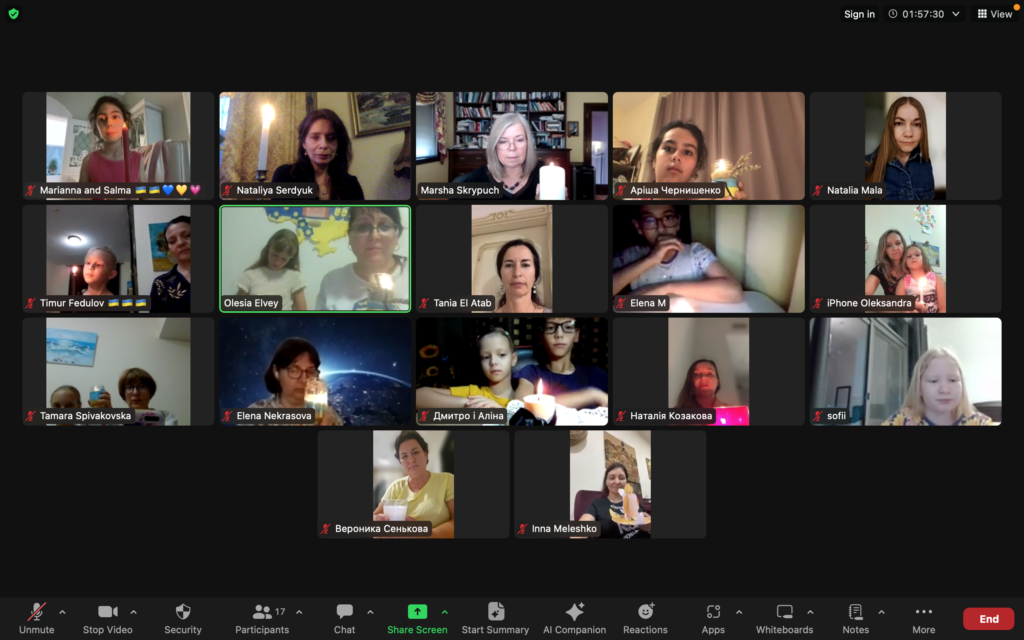
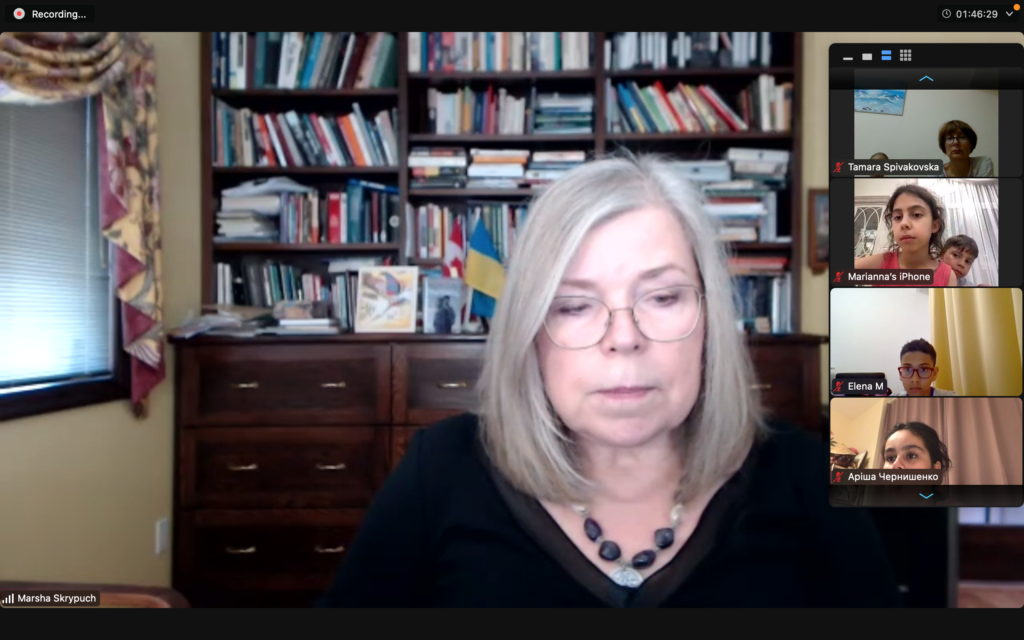
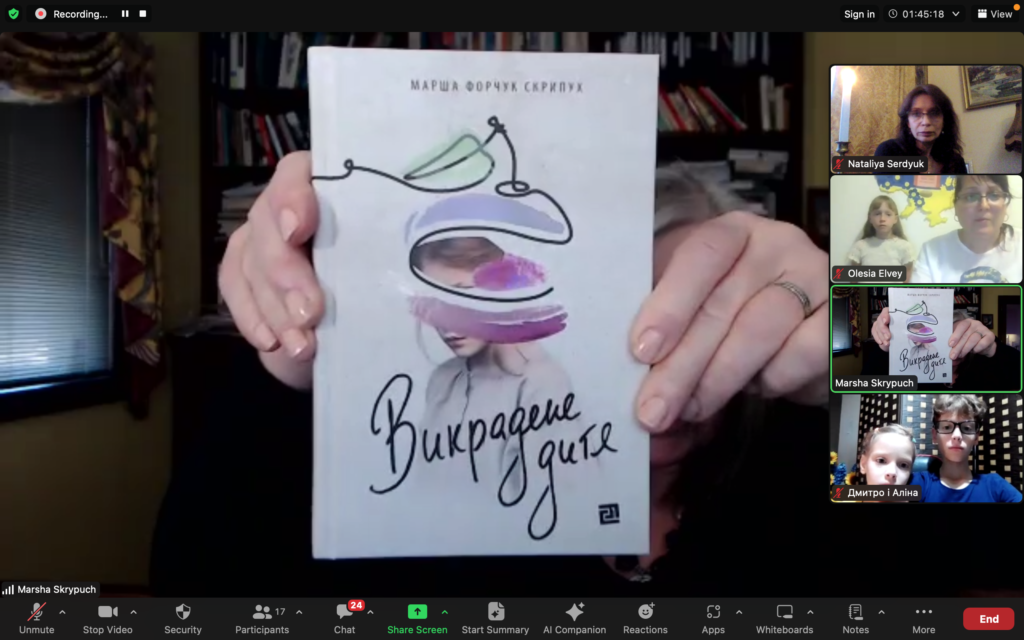
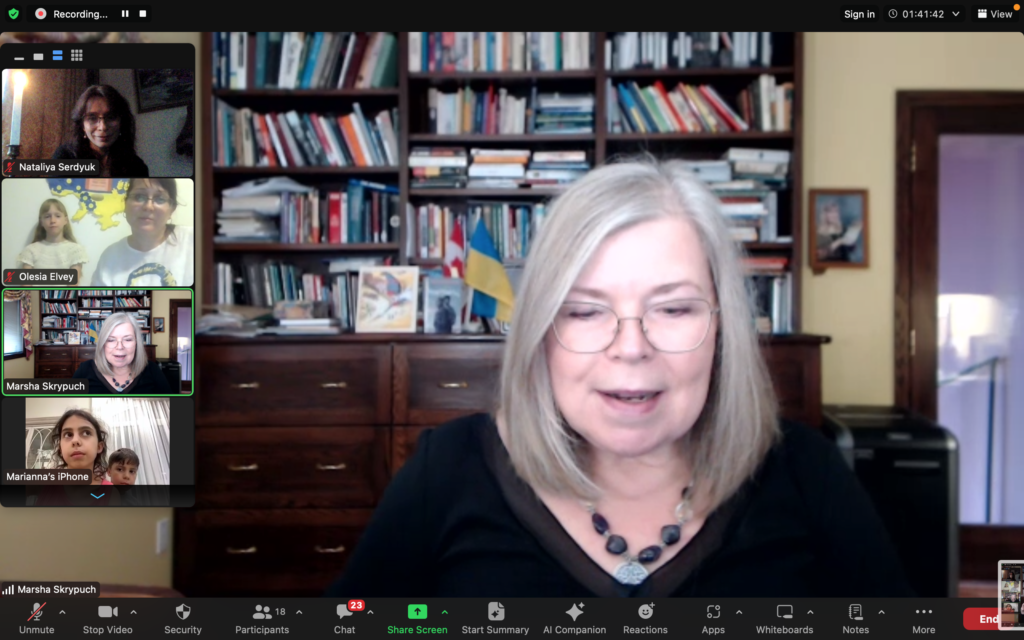
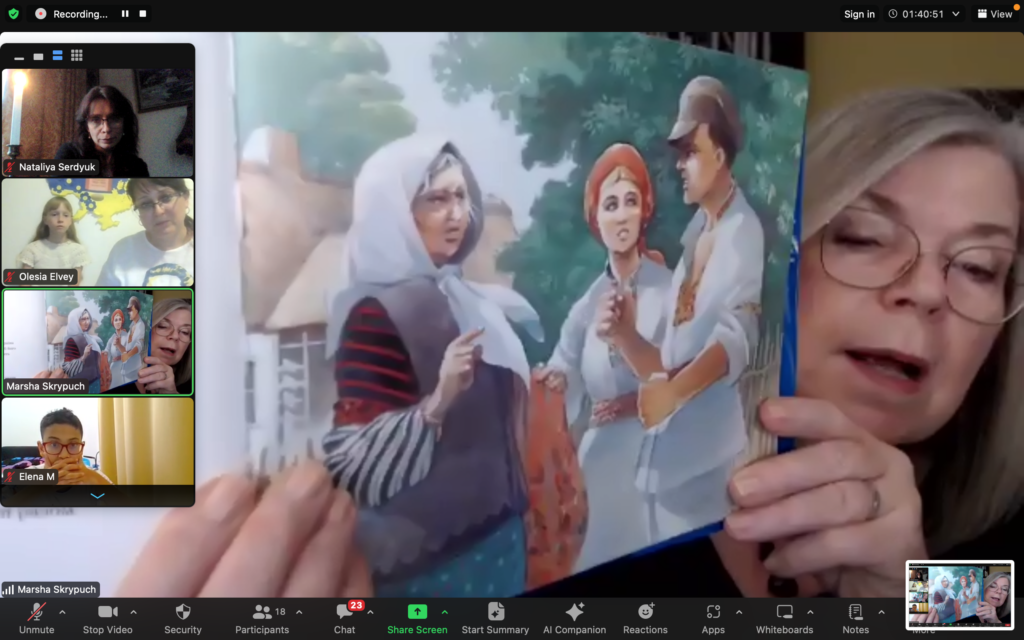
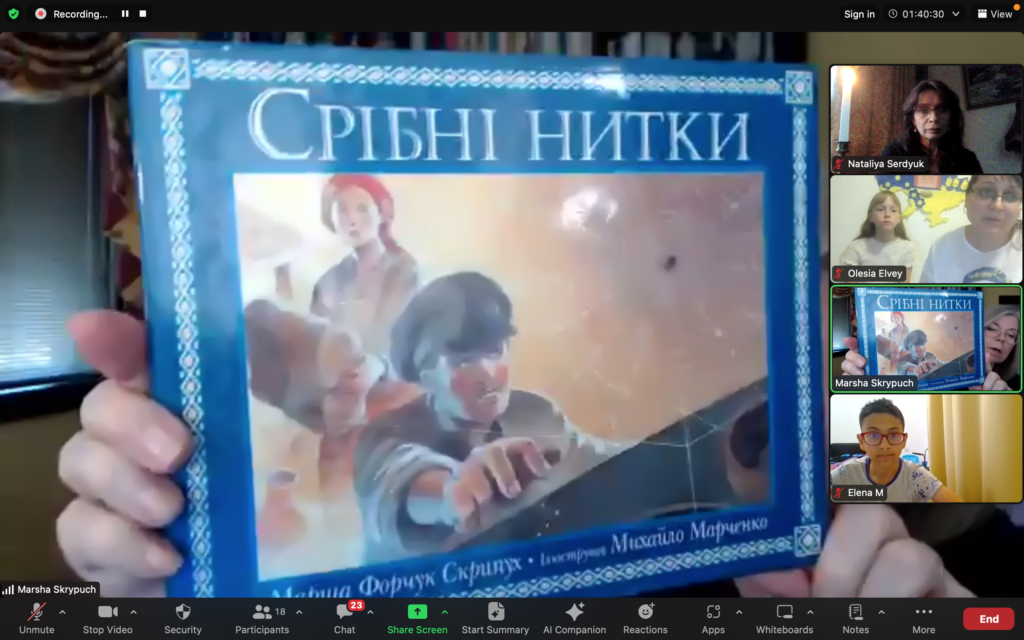
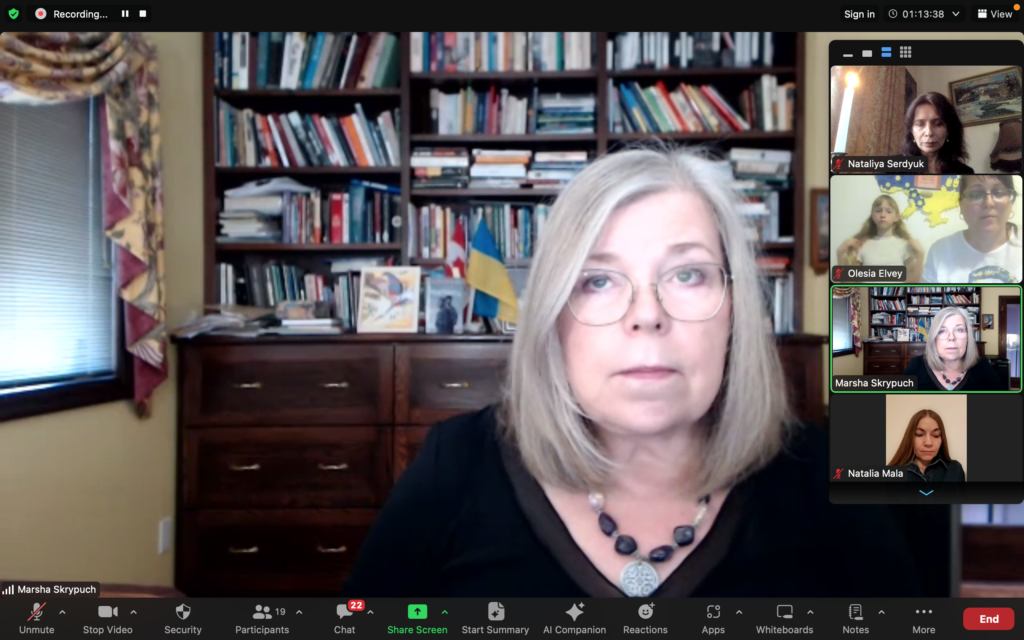
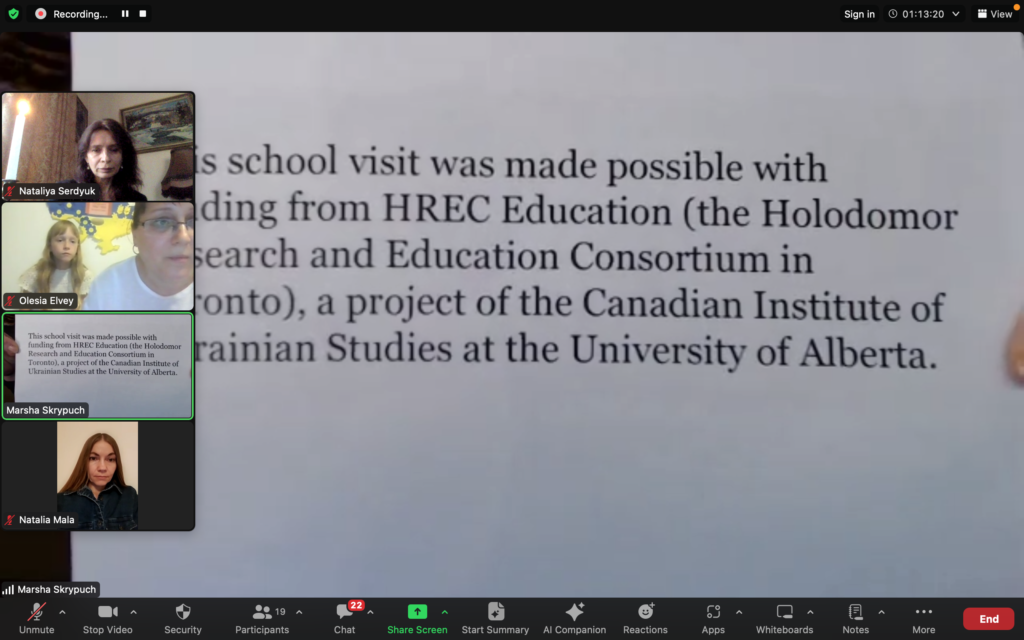
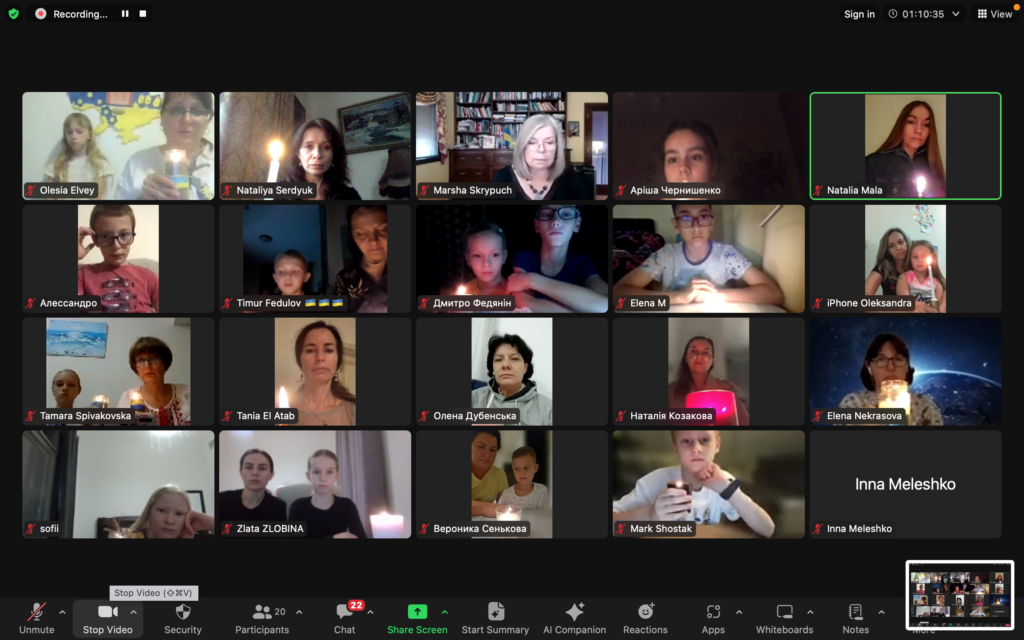
Olesia Elvey, the Ukrainian language and literature teacher at Sophia Ukrainian school in Dubai, contacted me a couple of months ago about the possibility of doing a virtual visit with her students, using my picture book Enough, which is set during the Holodomor, as part of their commemoration on Holodomor Memorial Day, which was yesterday. She also wanted her students to see the lighting of the candle in Kyiv at 4pm Kyiv time. It took a fair bit of coordination with three time zones and several languages for Olesia to arrange this but it all came off beautifully. The students read my works about the Holodomor that were available in Ukrainian, so that was Enough, and The Rings. They asked their questions in English, and their English was perfect. Their perspective was quite interesting. They wanted to know how and why I was so interested in Ukrainian topics, because to them, I was Canadian through and through. I don’t speak Ukrainian and not only was I born in Canada, but so were my parents. They were surprised that I could have such a deep tie with the country, but this is true of many Ukrainians in the diaspora. My heart is solid Ukrainian.
I told them that Ukrainians who were able to find refuge in Canada were like seeds of memory (Mateusz Świetlicki has written a brilliant book on this very topic). Those who stayed were often subjected to gulags, imprisonment, death, re-education, not to mention propaganda and disinformation. Stalin specifically targeted for extinction the storytellers, journalists, artists. How do you tell your stories when you’re dead?
The diaspora had challenges, but nothing like Ukrainians. Memories were shared and recorded and passed down. Memories of WWI, WWII, the Holodomor, as well as Ukrainian pioneer life in Canada, interwar life, DPs, and so on were all preserved. Many of my books are inspired by these experiences. I am deeply moved when Ukrainian read and respond to my books, and when they recognize their own history on the pages.
Here’s a local story about the event.
Here are some of the questions the students asked:
Dmytro and Alina:
.- Are there episodes in your stories (in particular, in the fairy tale “Enough”) that related to the history of your family?
Чи є у Ваших творах (зокрема, у казці “Досить”” ) епізоди, які пов’язані з історією Вашої родини?
Timur:
– Where did you get information about the Holodomor?
Де ви брали інформацію про Голодомор?
Tamara:
– How did the idea to write the story “Enough” come about?
Як виникла ідея написати твір “Досить”?
Marianna:
– Is the story about the grain being buried in graves true, actual history, or did you make it up? If true, how did you hear about it?
Чи ви чули справжню історію про те, що ховали збіжжя у могилах чи це Ви вигадали?
– How old is Marusia in your story? (Usually older girls have a hope chest). Якого віку приблизно Маруся у Вашій історії? (Вона має скриню для приданого, тож хочеться уявити, якого вона віку).
Maya:
– How big was the sack of grain that Marusia brought to the village on a stork? Approximately how many kilograms did the village need to survive? Наскільки великим був мішок із зерном, який Маруся привезла на лелеці в село. Скільки приблизно кілограмів потрібно було, щоб село вижило?
General
———–
Anjey:
– What was your childhood like? Яким було Ваше дитинство?
– What made you write stories related to war? Що спонукало вас пистати історії, повязані з війною?
Ameli:
– Which of your stories is your favorite and why? Яка з Ваших казок найулюбленіша?
– What encouraged you to write fairy tales? Що Вас спонукало писати казки?
Dmytro and Alina:
– In recent years, many Ukrainian children have become victims of Russian aggression, forced migrants in other countries, many children were actually kidnapped by Russia, and Ukraine is fighting for their return. Which of your books could become a source of support and hope for young Ukrainians and their parents?
Багато українських дітей в останні роки стали жертвами російської агресії, стали вимушеними переселенцями в інших країнах, багато дітей були фактично викрадені росією, і Україна бореться за їх повернення. Які Ваші твори могли б стати джерелом підтримки, надії для маленьких українців та їхніх батьків?
Timur:
– How has writing books changed your life?
Як написання книжки (книжок) змінило ваше життя?
On Friday, on the lead-up to the Nov 25th Holodomor Memorial Day, I had the honor to speak with 16 classes of 8th grade students in the morning and one class of high school students in the afternoon, all from the Hamilton-Wentworth Catholic District School Board. It’s a difficult subject to speak about but students asked perceptive and intelligent questions. Many thanks to HREC Ed for funding these sessions and also for their wonderful resource materials. Thank you, Betty Hicks, Evelin Niemiec, Paola Kontic and Mary Holadyk for coordinating and organizing.
